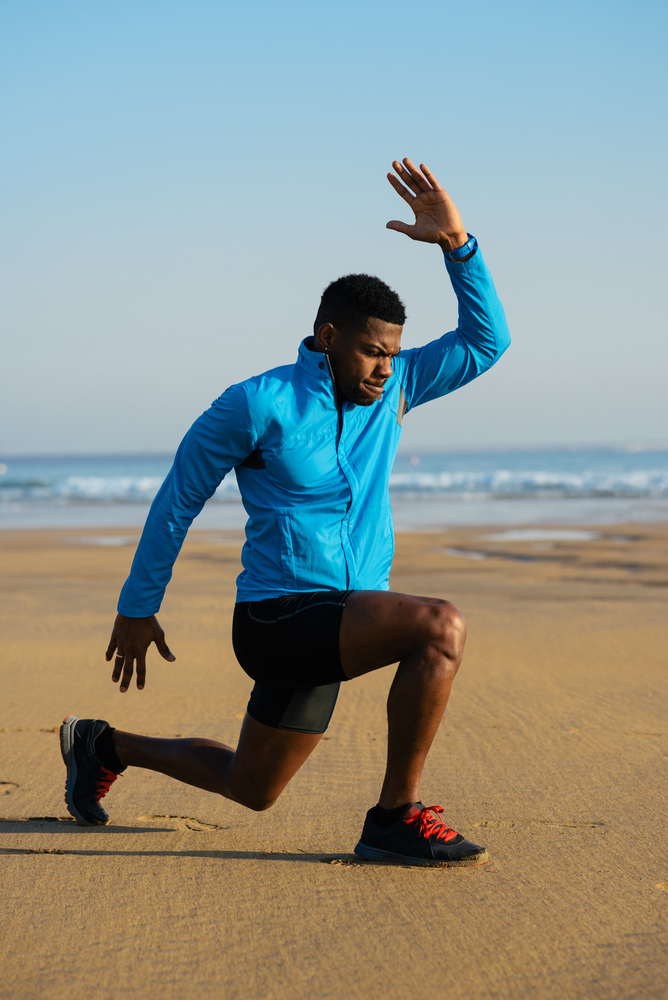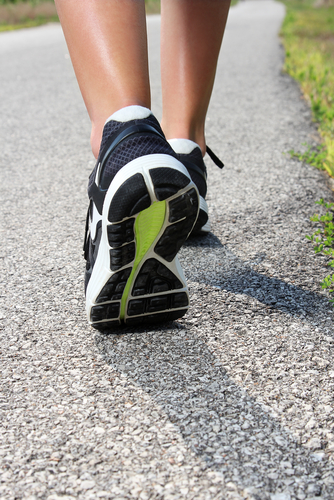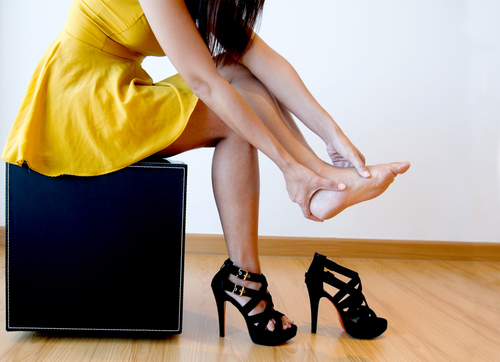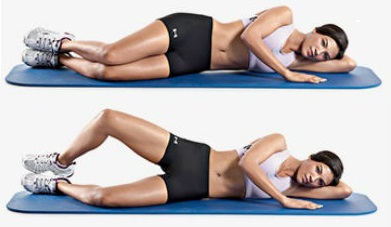Why is there a big push towards dynamic stretching before exercise?
 Dynamic warm up/stretching mimics movements used in the sport or activity ahead. Dynamic warm up/stretching prepares the body for activity, and means your body is continuously moving even whilst stretching.
Dynamic warm up/stretching mimics movements used in the sport or activity ahead. Dynamic warm up/stretching prepares the body for activity, and means your body is continuously moving even whilst stretching.
There has been a shift from static stretching before exercise, to dynamic stretching before exercise, with static stretching thought to have some negative effects on the exercise/sport to follow, such as reducing muscle strength, reducing muscle power and reducing explosive muscle performance.
So why the shift towards dynamic warm up/ stretching before exercise?
Dynamic warm up/stretching has a number of pre-workout benefits such as:
- Elevating your heart rate;
- Increasing your body temperature;
- And stimulating your nervous system enhancing mind-muscle connection.





